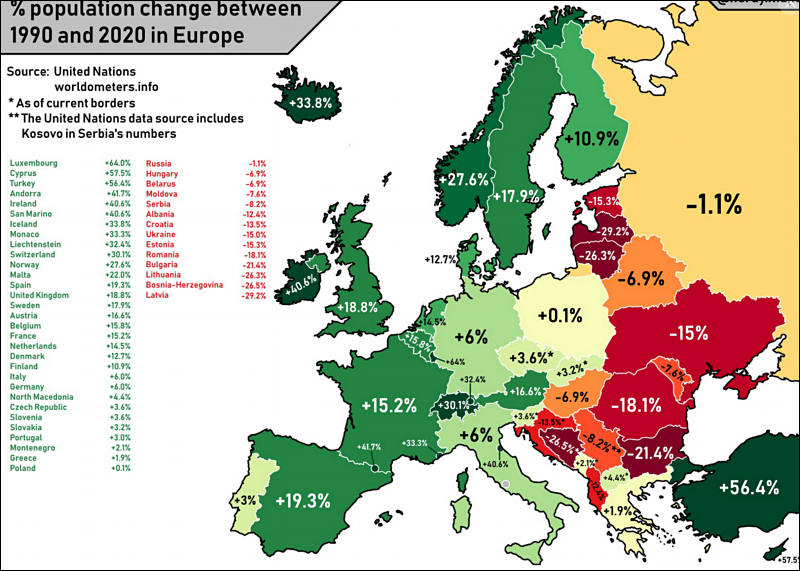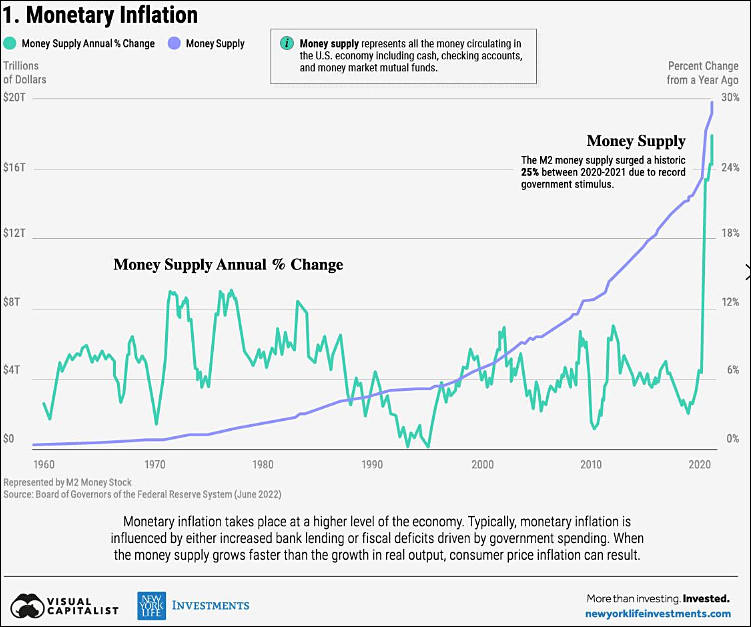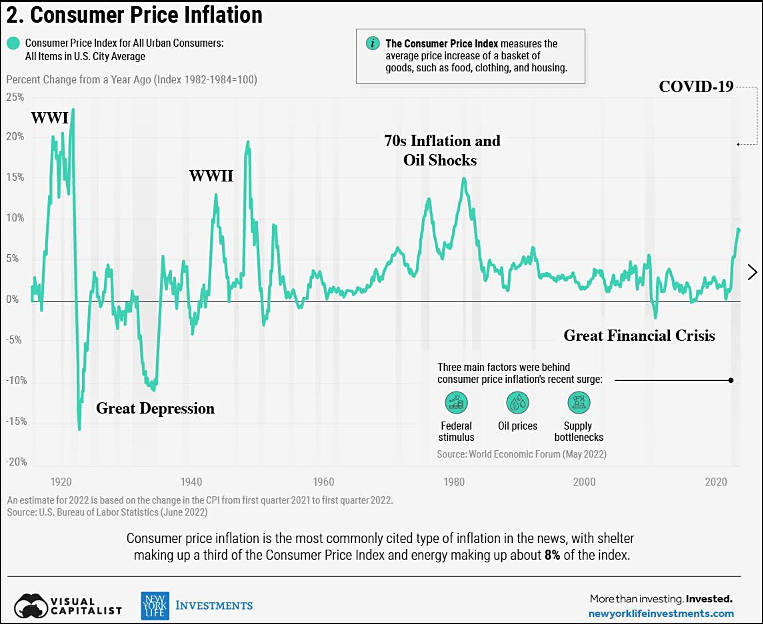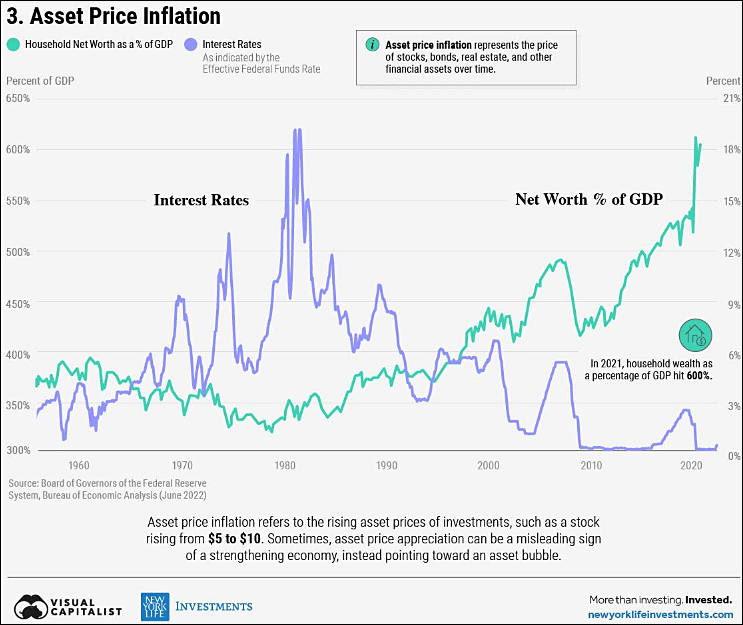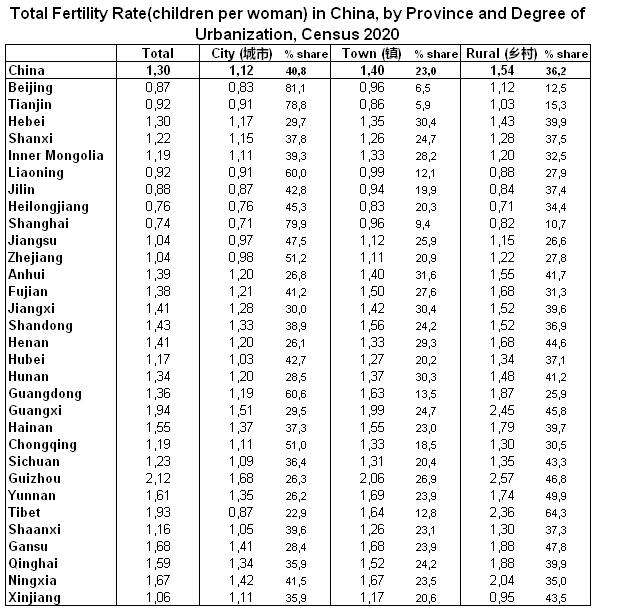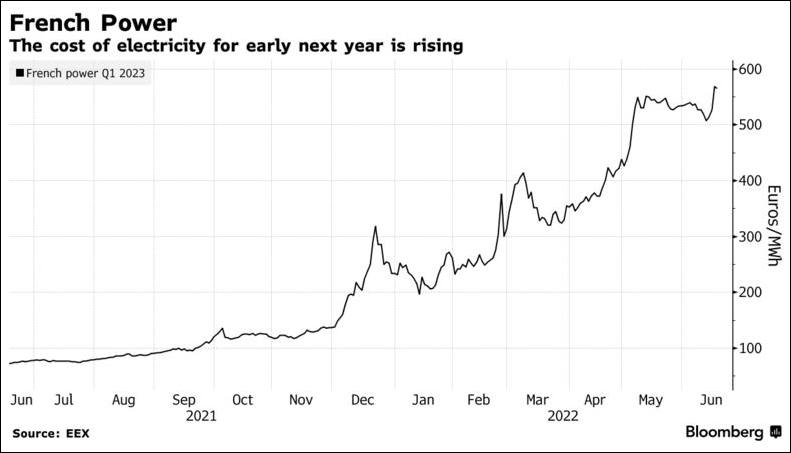
-
Follows0Replies0Views1.1KMicrosoft disabled Windows Insider program for Russia
-
According to available data, participants in the Microsoft Insider Program from Russia can no longer download test builds of Windows, as well as update versions of the operating system already downloaded on their computers. If, however, using a VPN, the user changes the Russian IP address to a foreign one, the download of updates for test versions of Windows will proceed as usual. Official representatives of Microsoft have so far refrained from commenting on this issue.
Few days ago, Microsoft, without any official statements, closed access for Russians to images of Windows 11 and Windows 10 on its website. At the same time, users from Russia can no longer download the Media Creation Tool from the Microsoft website. At the same time, the use of a VPN makes it possible to download Windows images and the mentioned utility from the company's website.
-
-
Follows0Replies0Views1.4K
-
Follows0Replies0Views1.3K
-
Follows0Replies0Views1.2KGermany: More on inflation
-
In May 2022, producer prices for commercial products were 33.6% higher than in May 2021. According to the Federal Statistical Office (Destatis), this was the highest increase compared to the same month last year since the study began in 1949. Commercial producer prices since December 2021 each month raise a new record compared to the same month of the previous year. In April 2022, the rate of change was +33.5%, and in March it was +30.9%. On a monthly basis, producer prices rose 1.6% in May 2022.
The dynamics of energy prices continue to be the primary reason for the increase in commercial producer prices compared to the previous year.
Strong rise in prices for all energy sources
Energy prices in May 2022 were on average 87.1% higher than in the same month last year. Compared to April 2022, these prices have increased by 2.5%. The largest impact on the annual rate of change in energy consumption was natural gas in distribution, which grew by 148.1% compared to May 2021. Power plants paid 241.2% more for natural gas than a year earlier. Natural gas became more expensive by 210.7% for industrial consumers and by 168.3% for retail chains. While end customers with higher purchase volumes, whose prices are often based on stock exchange quotes, had to pay lower prices than the previous month, prices for customers with smaller purchase volumes also continued to rise compared to the previous month. Compared to April 2022, natural gas has become 2.5% more expensive for all consumer groups.
Electricity prices in May 2022 were 90.4% higher than in May 2021 (+4.0% compared to April 2022). For redistributors, electricity cost 165.2% more than a year earlier, for consumers under special agreements - by 83.2%. Prices for commercial equipment increased by 16.8%.
Oil products rose by 55.8% compared to May 2021 and by 2.5% compared to April 2022. Light heating oil has almost doubled in price compared to a year earlier (+96.0%), motor fuels have risen in price by 49.4%. While motor gasoline prices increased by 6.5% and diesel prices by 0.5% compared to April 2022, light heating oil prices fell slightly (-0.5%).
Excluding energy, producer prices were 16.5% higher than in May 2021 (+1.2% compared to April 2022).
High price increases for intermediate goods, especially for metals, fertilizers and animal feed, as well as for industrial gases and wood packaging materials.
Intermediate goods in May 2022 were 25.1% more expensive than a year earlier. Compared to April 2022, these prices have increased by 1.5%. The rate of change of metals as a whole had the largest impact on the annual rate of change of intermediate goods, increasing by 38.1%. Here, prices for pig iron, steel and ferroalloys increased by 51.8%, non-ferrous metals and semi-finished products from them rose by 24.8%. While pig iron prices rose by 1.9% compared to April 2022 (after +7.5% and 9.8% in April and March respectively), non-ferrous metal prices decreased by 2.0%. Reinforcing steel grew by 72.1% y/y and 5.2% m/m. Raw aluminum prices were 42.0% higher than a year earlier.
The increase in prices compared to the previous year was especially high for fertilizers and nitrogen compounds, amounting to +110.9%. Technical gases went up in price by 68.8% over the year, wood packaging - by 67.4%. Livestock feed prices rose 48.7%. Sawn softwood prices are up 41.9% compared to May 2021.
Paper and cardboard rose by 52.3% compared to last year. Prices for newsprint especially increased here (+111.3%). Corrugated paper and paperboard, important for the packaging industry, cost 42.4% more.
Cereal flour prices were 44.8% higher than in May 2021. Compared to April 2022, these prices increased by 5.1%.
Growth in prices for consumer goods mainly due to higher prices for meat and meat products
Non-durable consumer goods prices in May 2022 were 14.7% higher than in May 2021 and up 1.3% compared to April 2022. Food was 19.2% more expensive than last year. Butter prices rose especially sharply (+80.2% compared to May 2021, +7.2% compared to April 2022). Raw vegetable oils have risen in price by 68.4% compared to May 2021. Beef has risen in price by 42.9% compared to a year earlier, coffee - by 33.6%, milk and dairy products - by 24.1%. Pork prices were 24.1% higher than in May 2021 but down 2.6% compared to April.
Prices for durable goods in May 2022 were 9.4% higher than a year earlier, mainly due to the dynamics of furniture prices (+11.9%).
-
-
Follows0Replies2Views2.7KMicrosoft blocked Windows images downloads for Russia
-
Microsoft, without any announcement, has closed Russian access to obtaining images of Windows 10 and 11, as well as the Media Creation Tool utility. No comments have been received from the corporation yet, however, empirically, it was possible to determine that the detection was detected by an unexpected IP address and site language.
The restriction does not depend on the provider and infection for all Russian users, problems are also reported on the coverage of the population of Kazakhstan, however, these were isolated cases of infection. To allow one image to be downloaded from available Windows, one needs to change the IP address, for example by accessing the Microsoft site via a VPN. In this case, it is desirable to install a different language of the site - any other than Russian, in this case this method may not work.
2 comments 3 comments Vitaliy_KiselevJune 2022Last reply - June 2022 by Vitaliy_Kiselev Subscribe to this blog
Subscribe to this blog
-
-
Follows0Replies5Views3.9KBegun the Gaz War has
-
Germany's gas storage facilities were replenished slightly overnight despite a significant cut in supplies from Russia, the country's grid regulator said on Saturday, but confirmed that the gas supply situation remains "tight."
Saturday's gas storage rate was 56.67%, up slightly from Friday's 56.29%, German grid regulator Bundesnetzagentur said in its daily gas supply report, reiterating its call to conserve as much gas as possible.
The German government has urged businesses and households to reduce their gas consumption to a minimum in order to ensure sufficient storage levels before the start of the heating season in about 12 weeks.
Earlier this week, Russia limited supplies via the Nord Stream 1 gas pipeline to about 40% of its capacity, which Moscow blamed on delaying equipment stuck in Canada for maintenance.
Germany, which consumes most of its fuel from Russian gas, questioned this explanation and said Russia's actions were politically motivated to make it harder to fill the storage facilities.
Bundesnetzagentur President Klaus Müller said late on Friday that even if Germany's gas storage facilities were 100% full, that would only last 2.5 months if Russia completely cut off supplies.
5 comments 6 comments Vitaliy_KiselevJune 2022Last reply - June 2022 by endotoxic Subscribe to this blog
Subscribe to this blog
-
-
Follows0Replies3Views3.6KChina - Fertility rate per region3 comments 4 comments Vitaliy_KiselevJune 2022Last reply - June 2022 by sebolla
 Subscribe to this blog
Subscribe to this blog
-
-
Follows0Replies0Views1.2K
Howdy, Stranger!
It looks like you're new here. If you want to get involved, click one of these buttons!
Categories
- Topics List23,990
- Blog5,725
- General and News1,353
- Hacks and Patches1,153
- ↳ Top Settings33
- ↳ Beginners256
- ↳ Archives402
- ↳ Hacks News and Development56
- Cameras2,366
- ↳ Panasonic995
- ↳ Canon118
- ↳ Sony156
- ↳ Nikon96
- ↳ Pentax and Samsung70
- ↳ Olympus and Fujifilm100
- ↳ Compacts and Camcorders300
- ↳ Smartphones for video97
- ↳ Pro Video Cameras191
- ↳ BlackMagic and other raw cameras116
- Skill1,960
- ↳ Business and distribution66
- ↳ Preparation, scripts and legal38
- ↳ Art149
- ↳ Import, Convert, Exporting291
- ↳ Editors191
- ↳ Effects and stunts115
- ↳ Color grading197
- ↳ Sound and Music280
- ↳ Lighting96
- ↳ Software and storage tips266
- Gear5,420
- ↳ Filters, Adapters, Matte boxes344
- ↳ Lenses1,582
- ↳ Follow focus and gears93
- ↳ Sound499
- ↳ Lighting gear314
- ↳ Camera movement230
- ↳ Gimbals and copters302
- ↳ Rigs and related stuff273
- ↳ Power solutions83
- ↳ Monitors and viewfinders340
- ↳ Tripods and fluid heads139
- ↳ Storage286
- ↳ Computers and studio gear560
- ↳ VR and 3D248
- Showcase1,859
- Marketplace2,834
- Offtopic1,320

